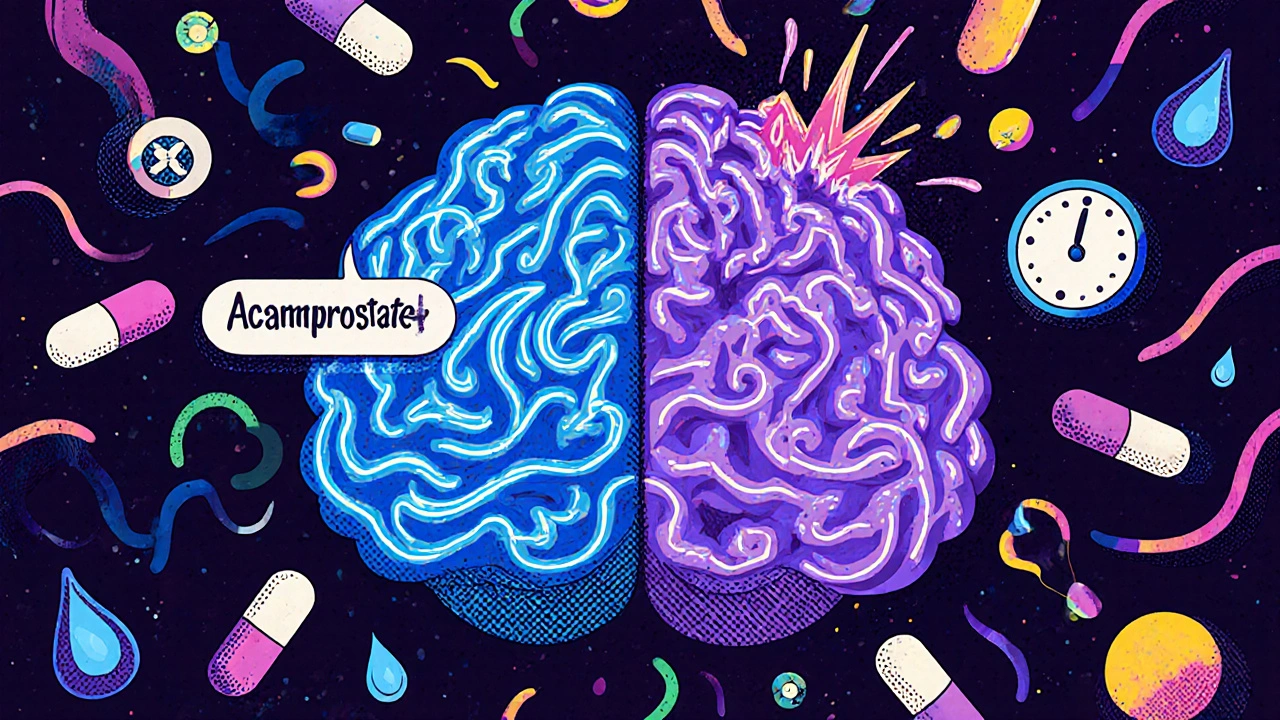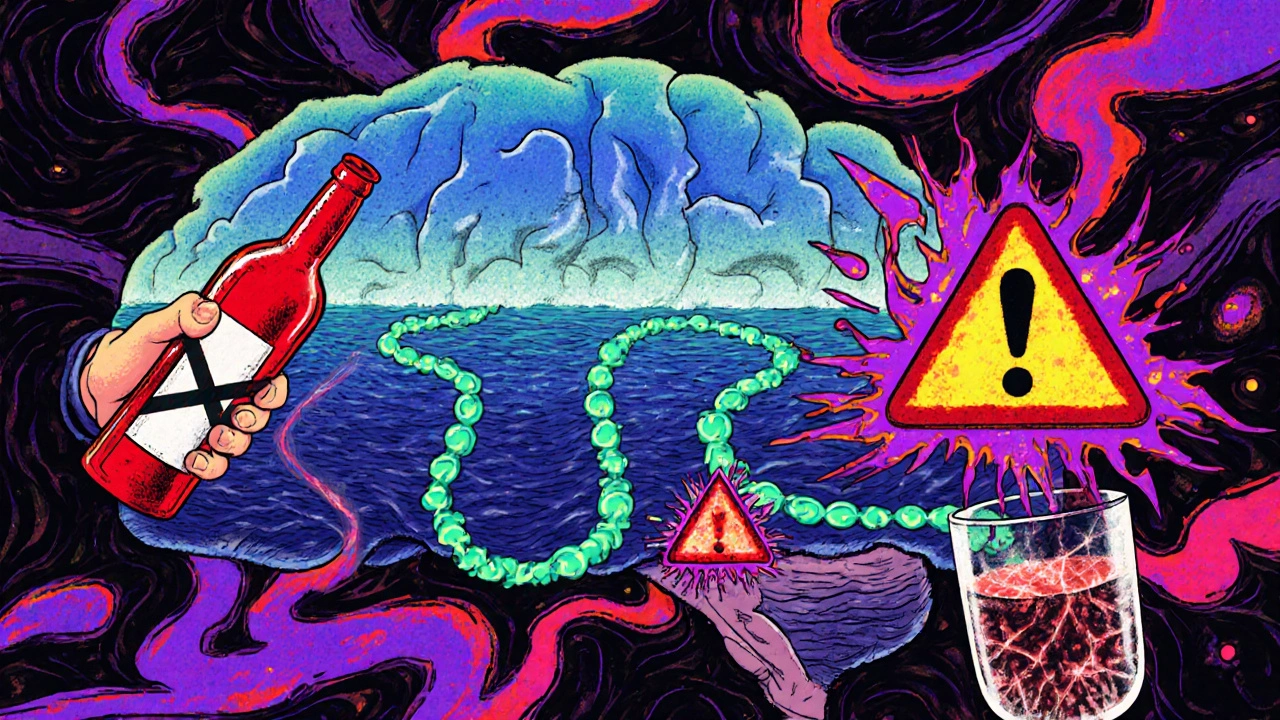Disulfiram: What It Is, How It Works, and What Alternatives Exist
When someone is trying to quit drinking, disulfiram, a medication that creates a strong physical reaction when alcohol is consumed. Also known as Antabuse, it doesn’t reduce cravings—but it makes drinking so unpleasant that most people avoid it altogether. This isn’t a cure for alcohol dependence, but it’s a tool that works when someone is serious about stopping. It’s been used for decades, and while newer medications exist, disulfiram still plays a key role in treatment programs around the world.
Disulfiram works by blocking the enzyme that breaks down alcohol in the body. When alcohol enters the system, a toxic buildup of acetaldehyde occurs, causing flushing, nausea, vomiting, headache, and rapid heartbeat. The reaction starts within minutes and can last for hours. It’s not dangerous if used correctly, but mixing it with alcohol—even a sip of wine or a drop in sauce—can trigger a severe reaction. That’s why it’s only prescribed to people who are fully committed to sobriety and often under supervision. It’s not for everyone. People with liver disease, severe heart conditions, or those who can’t avoid alcohol entirely shouldn’t use it.
Other medications like naltrexone and acamprosate work differently—they target brain chemicals to reduce cravings or ease withdrawal symptoms. Disulfiram doesn’t touch cravings at all. It’s a deterrent, not a comfort. Some patients do better with a combination: naltrexone for cravings, disulfiram as a safety net. Others find counseling, support groups, or lifestyle changes more helpful on their own. The key is matching the tool to the person, not the other way around.
You’ll find posts here that compare disulfiram to other treatments, explain what to expect when starting it, and share real stories of people who used it to rebuild their lives. Some articles dig into the side effects you won’t hear about in brochures—like fatigue, drowsiness, or a metallic taste. Others cover what happens if you accidentally drink while on it, and how to stay safe. There are also guides on how to get prescribed disulfiram, what to ask your doctor, and how to handle the emotional side of treatment. This isn’t just about the drug. It’s about what comes after you take that first pill: the choices, the setbacks, and the small victories that add up.
Compare Acamprol (Acamprosate) with Alternatives for Alcohol Dependence
Compare Acamprol (acamprosate) with naltrexone, disulfiram, topiramate, and other alternatives for alcohol dependence. Learn which medication suits your needs, side effects, costs in Australia, and how to choose the right treatment.
Medications for Alcohol Use Disorder: How They Reduce Relapse Risk - and When They Don’t
Medications for alcohol use disorder can reduce relapse risk - but only if chosen correctly and taken consistently. Learn how naltrexone, acamprosate, and disulfiram work, who they help most, and why so many people stop taking them.

